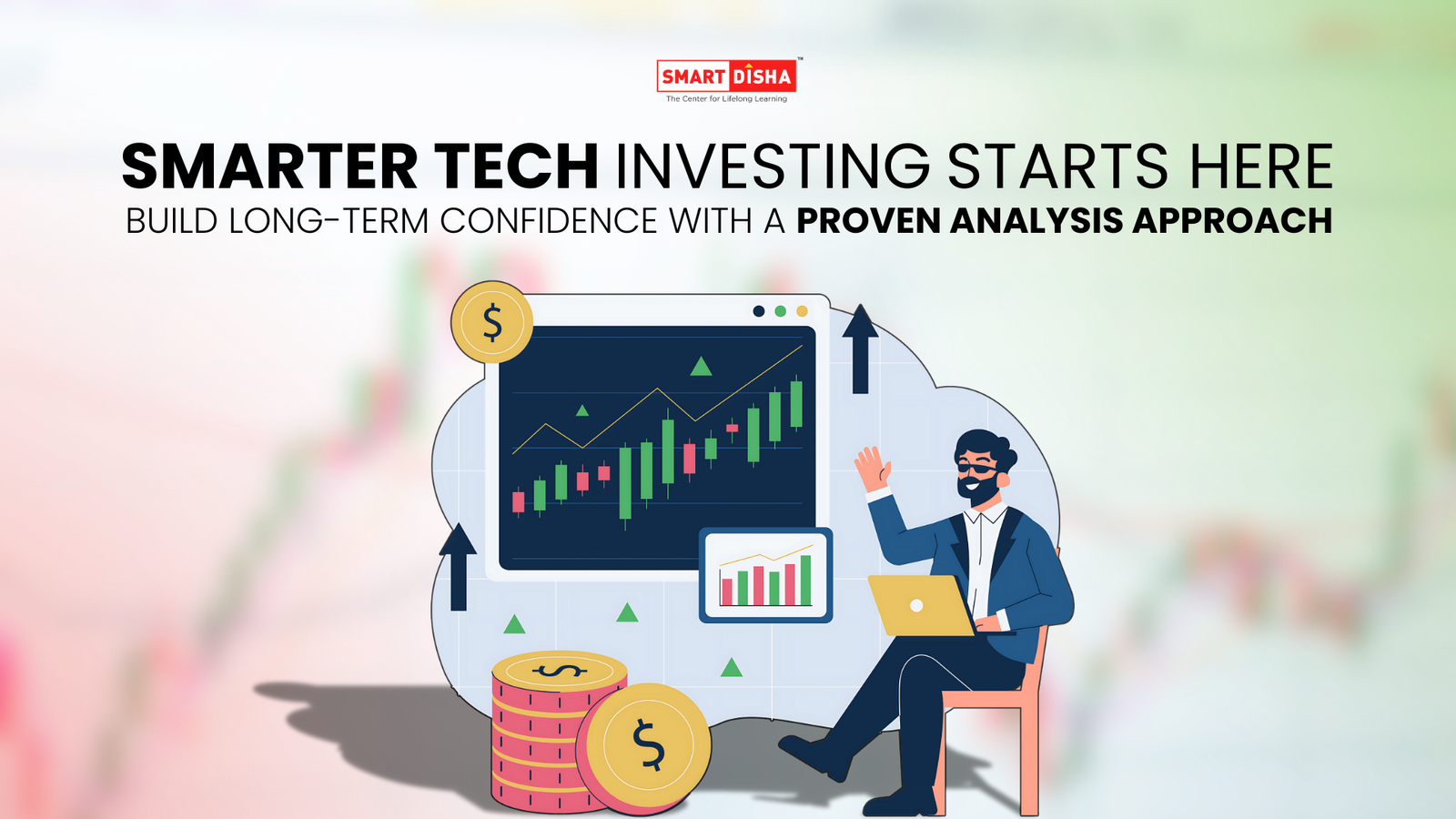When it comes to stock market opportunities, sectors like technology or finance often take center stage. However, energy sector investing offers equally significant if not greater potential, thanks to its massive economic influence, geopolitical importance, and diverse growth avenues. From traditional oil and gas to the rapidly expanding world of renewables, this sector remains a cornerstone of global markets. In this blog, we’ll explore how energy sector investing works, the key factors driving oil, gas, and renewable energy stocks, and how to evaluate them with confidence and precision
Why Invest in the Energy Sector?
The energy sector powers everything from transportation to manufacturing to homes. It’s the backbone of economic growth and national security. Because of its global relevance, energy stocks offer:
- Inflation protection (especially oil)
- Dividend income (many oil majors offer high yields)
- Geopolitical hedge
- Long-term growth (especially in renewables)
Most importantly, it’s a sector in transition. Investors now face an expanding choice: traditional oil & gas giants, pure-play renewable companies, or diversified energy firms adapting to the green future
Oil and Gas Stocks: What Drives Them?
Oil and gas companies are typically classified into three categories:
| Category | Description | Example Companies |
| Upstream | Exploration and production | ONGC, Cairn, ExxonMobil |
| Midstream | Transportation and storage | Enbridge, Kinder Morgan |
| Downstream | Refining and distribution | Indian Oil, BPCL, Chevron |
Key Metrics for Oil & Gas Stock Analysis:
- Crude Oil Prices (Brent/WTI)
The most direct impact on revenue. Rising prices often boost earnings - Reserve Replacement Ratio (RRR)
Measures whether a company is replenishing the oil it extracts - Production Volume & Lifting Costs
Efficiency and cost of getting oil out of the ground matter - Free Cash Flow (FCF)
High capital expenditures make FCF a vital metric in energy companies - Debt-to-Equity Ratio
With volatile earnings, manageable leverage is crucial - Dividend Yield & Payout Ratio
Many mature oil companies return value via dividends. Stability is key - Geopolitical Risk
Sanctions, OPEC decisions, and regional conflicts influence performance
Pro Tip: Oil stocks tend to outperform during inflationary periods or when geopolitical tension threatens supply
Renewable Energy Stocks: The Green Growth Engine
The shift toward decarbonization has catapulted renewables into the investment mainstream. Solar, wind, hydro, hydrogen, and battery tech are all part of this fast-evolving segment
Key Drivers of Renewable Stocks:
- Government Policies and Subsidies
Tax breaks, production incentives, and clean energy mandates directly affect revenues - Cost per Megawatt (MW)
Companies with falling Levelized Cost of Energy (LCOE) become more competitive - Capacity Expansion
Look for firms aggressively expanding wind farms, solar fields, or storage systems - Technological Edge
Battery efficiency, smart grids, and AI-driven energy management tools add moats - Power Purchase Agreements (PPAs)
Long-term agreements with buyers like governments or corporates create revenue visibility
Example: Comparative Snapshot
| Metric | Oil & Gas Company | Renewable Energy Company |
| Revenue Volatility | High (tied to crude) | Medium |
| Dividend Yield | 3–6% (often stable) | 0–2% (usually reinvested) |
| Regulatory Impact | High | High (but supportive) |
| ESG Score | Low to Medium | High |
| Growth Potential | Moderate | High |
Balancing Between Old and New Energy
Many institutional investors now adopt a “barbell strategy” investing in both oil majors (for income and current demand) and renewables (for growth and future transition)
Examples:
- Reliance Industries: Expanding into solar and hydrogen while maintaining petrochemicals
- Shell, BP, TotalEnergies: Investing in wind and EV charging infrastructure alongside fossil fuels
This dual approach allows portfolios to benefit from today’s energy realities while positioning for tomorrow’s green economy
Risks in Energy Sector Investing
| Risk Type | Oil & Gas Impact | Renewables Impact |
| Commodity Risk | Direct exposure to oil & gas prices | Minimal, unless tied to power rates |
| Regulatory Risk | Emission limits, drilling bans | Subsidy cuts, policy shifts |
| Capex Pressure | High for exploration and rigs | High for solar/wind infra |
| Technology Risk | Moderate (stable tech) | High (tech still evolving) |
| Geopolitical Risk | High (especially Middle East/Russia) | Low to Moderate |
How to Analyze Energy Stocks: Checklist
Do they have strong cash flow in both boom and bust cycles?
Are they actively reducing carbon footprint or transitioning to cleaner sources?
How dependent is the company on subsidies or government mandates?
Does the business have a clear energy mix strategy (traditional + renewable)?
What’s their global exposure vs local market dependency?
Who Should Invest in Energy Stocks?
- Long-term investors seeking steady dividends (oil & gas)
- Growth investors with a high-risk appetite (renewables)
- Balanced portfolios that want real-asset exposure
- Thematic investors aligned with ESG goals and climate change themes
Final Thoughts: Energy Is Not Binary
Energy investing doesn’t require you to pick sides oil or solar. It requires perspective. The sector is evolving, not evaporating. Traditional hydrocarbons still dominate global energy consumption, but renewables are catching up faster than expected
The key is to understand the forces shaping both ends of the spectrum and then allocate capital where risk and opportunity intersect with your personal goals
By mastering the fundamentals cost drivers, policy landscapes, and company-level strategy you can confidently invest in one of the most important and transformative sectors of our time




